(2769 products available)
































































































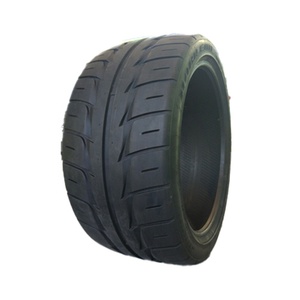






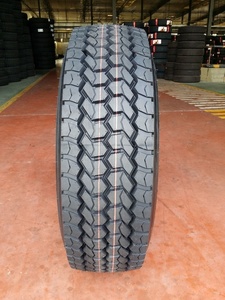
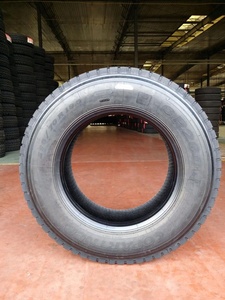




















































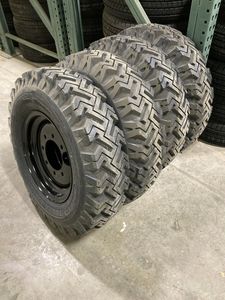

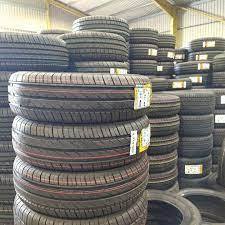
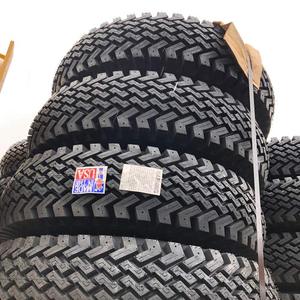





























Tire 225 14 is a measurement that describes the width, aspect ratio, and diameter of the tire. The tires are 225 millimeters wide. The 225 number on the tire sidewall indicates the tire's width in millimeters. The measurement is taken from side to side of the tire. A wider tire offers better traction and handling. It also has more surface contact with the road, which results in quicker wear. The 14 on the tire sidewall indicates the rim diameter in inches. The tires are mounted on 14-inch rims.
There are different types of 225 14 tires, including:
225/75R14
The 225/75R14 tires have a width of 225 mm, an aspect ratio of 75, and a diameter of 14 inches. The 75 aspect ratio means that the tire's sidewall height is 75% of the tire's width. This tire has a taller sidewall and is generally used for off-road driving.
225/70R14
The 225/70R14 tires have a width of 225 mm, an aspect ratio of 70, and a diameter of 14 inches. The 70 aspect ratio means that the sidewall height is 70% of the tire's width. These tires offer a good balance between ride comfort and handling.
225/65R14
The 225/65R14 tires have a width of 225 mm, an aspect ratio of 65, and a diameter of 14 inches. The 65 aspect ratio results in a shorter sidewall height. The tires are designed for better handling and stability, making them suitable for high-speed driving.
225/60R14
The 225/60R14 tires have a width of 225 mm, an aspect ratio of 60, and a diameter of 14 inches. The 60 aspect ratio means that the tire has a low-profile sidewall. The tires offer excellent handling and cornering abilities.
225/55R14
The 225/55R14 tires have a width of 225 mm, an aspect ratio of 55, and a diameter of 14 inches. The 55 aspect ratio results in an even lower profile sidewall. These tires provide maximum handling performance and are often used in sports cars.
Tire Size and Identification
All 225 14 tires have specific codes that indicate their size, structure, and performance capabilities. The tire code includes the width, aspect ratio, and construction type, which are essential for ensuring the proper fit and performance.
Tread Design and Pattern
The tread pattern of 225 14 truck tires affects their grip, noise level, and performance. Tread patterns can vary depending on the tire type and application, with some featuring symmetrical, asymmetrical, or directional designs for enhanced traction and durability.
Tread Depth
Tread depth measures the remaining tread on a 225 14 tire and impacts its performance and safety. A deeper tread provides better grip and traction, while a shallower tread may result in reduced performance and increased risk of hydroplaning.
Load Index and Speed Rating
The load index and speed rating indicate the maximum load capacity and speed capabilities of 225 14 tires. The load index is a numerical value representing the maximum load a tire can support, while the speed rating is an alphabetical code indicating the maximum speed a tire can maintain safely.
Construction Type
Tires 225 14 are available in different construction types, such as radial and bias-ply. Radial tires are the most common today, offering better grip, stability, and longer wear. Bias-ply tires have a more robust construction, making them suitable for off-road applications.
Material Composition
The materials used in the tire's construction affect its performance and durability. 225 14 tires are typically made from high-quality rubber compounds that provide excellent grip, wear resistance, and weather resistance. Some tires may also incorporate advanced materials, such as silica or carbon black, to improve performance further.
Maintaining proper 225 14 truck tire size is crucial for optimal vehicle performance and safety. Here are some tips for maintaining the proper tire size:
Regular Inspections
Check the tires regularly for signs of wear, damage, or uneven wear patterns. Inspecting can help identify potential issues early and allow for corrective actions, such as tire rotation or replacement if necessary.
Proper Inflation
Follow the manufacturer's recommended tire pressure guidelines. Properly inflated tires provide better handling, fuel efficiency, and even tread wear. Use a reliable pressure gauge to check tire pressure regularly, and adjust as needed.
Tire Rotation
To ensure even tread wear and maintain proper tire size, rotating the tires regularly is essential. Tire rotation involves changing the tire positions according to the vehicle manufacturer's recommendations. Rotating the tires helps maximize tread life and maintains optimal traction and handling.
Alignment and Balancing
Ensuring proper wheel alignment and balancing is crucial for maintaining optimal tire performance and vehicle stability. Misalignment can cause uneven tread wear and affect handling, while unbalanced tires can lead to vibrations and uneven tire wear. Have the wheel alignment and balancing checked regularly, and adjust as needed to maintain proper tire size and performance.
Load Management
Overloading the vehicle can strain the tires and lead to accelerated wear, decreased fuel efficiency, and increased risk of tire failure. Adhere to the vehicle manufacturer's recommended load capacity and distribute the load evenly for optimal tire performance and safety.
Driving Habits
Avoid aggressive driving habits such as rapid acceleration, hard braking, and sharp cornering, as these can cause uneven tire wear and reduce tire life. Maintain smooth and controlled driving for optimal tire performance and longevity.
When it comes to purchasing new 225 14 tires, the process can be quite overwhelming. With a myriad of options available, understanding the essentials can help in selecting the ideal tires for specific needs. Here are some important factors to consider when buying 225 14 tires:
Changing a flat tire is a straightforward process. Most 225 14 tire sizes are on light-duty trucks and some vans, which are slightly more complicated. The basic steps for changing a 225 14 tire are as follows:
Tools and Safety
Make sure to have the owner's manual for the specific vehicle. It provides essential details and safety info. For safety, use reflective triangles or cones to warn other drivers. Have a first-aid kit in case of any accidents or injuries. Ensure the jack is suitable for the vehicle's weight.
Read the owner's manual for the jack. It provides critical placement points for jacking up the vehicle safely.
Removing the Hubcap or Wheel Cover
Some cars have hubcaps that need to be removed before loosening the lug nuts. Use the flat end of the tire iron or a similar tool to pry off the hubcap.
Loosening Lug Nuts
Use the tire iron to loosen the lug nuts while the vehicle is still on the ground. Turn the nuts counterclockwise. They may be tight, so use force or a breaker bar if needed.
Jack Up the Vehicle
Place the jack under the vehicle at the designated jacking point. Lift the vehicle until the tire is slightly off the ground. Shake the jack and make sure the vehicle is stable on the jack.
Completely Remove Lug Nuts
Unscrew the lug nuts completely and place them in a safe spot.
Remove the Flat Tire
Pull the tire off the wheel hub. It may need a little wiggling or gentle prying with a board or similar tool.
Mounting the New Tire
Align the holes in the new tire with the wheel hub. Push the tire onto the hub until it's flush.
Installing Lug Nuts
Hand-tighten the lug nuts in a crisscross pattern. This ensures even pressure on the wheel.
Lowering the Vehicle
Once the tire is secured, lower the vehicle completely. Once it's down, give the lug nuts another half turn to ensure they're fully tightened.
Q1. Are 225 14 tires suitable for all-weather conditions?
A1. No, 225 14 tires are not suitable for all-weather conditions. However, some tires are designed to perform well in all weather conditions, including wet and dry surfaces. The all-weather tires provide a compromise between the all-terrain and the standard tires.
Q2. What do the numbers in 225 14 tire size mean?
A2. The 225 14 tire size indicates the width, aspect ratio, and rim diameter. The number 225 indicates the width of the tire in millimeters. The 14 indicates the diameter of the wheel in inches.
Q3. Can 225 14 tires be used for off-road driving?
A3. Yes, 225 14 tires can be used for off-road driving. However, some specific tires designed for off-road conditions, such as mud and rock, offer better traction and durability in those environments, are required for optimal performance. These types of tires are also suitable for gravel roads.
Q4. What is the load capacity of 225 14 tires?
A4. The load capacity of 225 14 tires varies depending on the specific tire model and its load rating. The typical load capacity ranges from 1477 to 1554 pounds per tire. It is important to check the load rating for each specific tire.